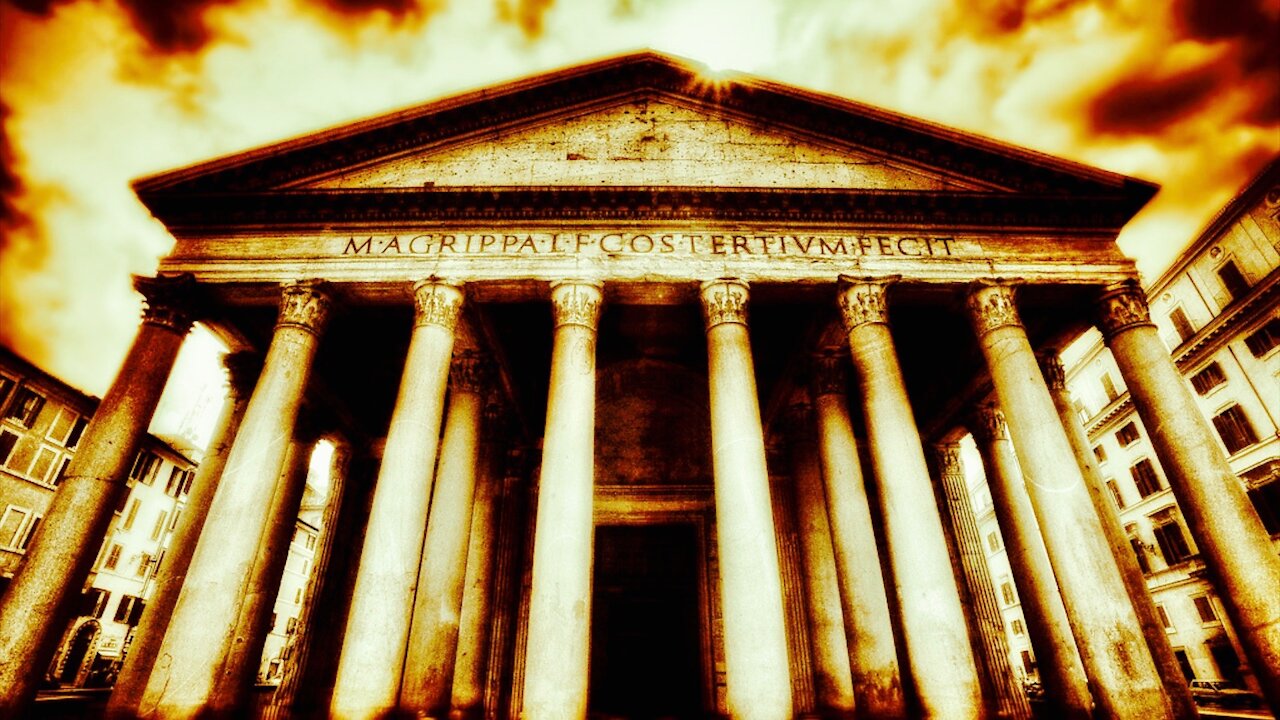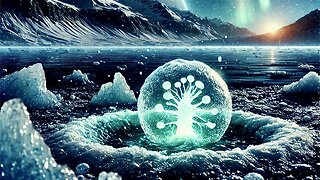Premium Only Content

Why Ancient Roman Concrete Is Stronger Than What We Produce Today
Why 2,000 Year-Old Roman Concrete Is So Much Better Than What We Produce Today. One of the fascinating mysteries of Ancient Rome is the impressive longevity of some of their concrete harbor structures. Battered by sea waves for 2,000 years, these things are still around while our modern concoctions erode over mere decades. Now scientists have uncovered the incredible chemistry behind this phenomenon, getting closer to unlocking its long-lost recipe. As it turns out, not only is Roman concrete more durable than what we can make today, but it actually gets stronger over time. Researchers led by geologist Marie Jackson from the University of Utah have been chipping away at the mysteries of Roman concrete for years, and now they have mapped its crystalline structure, figuring out precisely how this ancient material solidifies over time.
Modern concrete is typically made with portland cement, a mixture of silica sand, limestone, clay, chalk and other ingredients melted together at blistering temperatures. In concrete, this paste binds 'aggregate' - chunks of rock and sand.
This aggregate has to be inert, because any unwanted chemical reaction can cause cracks in the concrete, leading to erosion and crumbling of the structures. This is why concrete doesn't have the longevity of natural rocks.
But that's not how Roman concrete works.
Theirs was created with volcanic ash, lime and seawater, taking advantage of a chemical reaction Romans may have observed in naturally cemented volcanic ash deposits called tuff rocks.
Mixed in with the volcanic ash mortar was more volcanic rock as aggregate, which would then continue to react with the material, ultimately making Roman cement far more durable than you'd think it should be.
In a previous research project led by Jackson, the team had already gathered samples of Roman marine concrete from several ports along the Italian coast.
Now the researchers mapped the samples using an electron microscope, before drilling down to an extremely high resolution with X-ray microdiffraction and Raman spectroscopy. With these advanced techniques they could identify all the mineral grains produced in the ancient concrete over centuries.
"We can go into the tiny natural laboratories in the concrete, map the minerals that are present, the succession of the crystals that occur, and their crystallographic properties," says Jackson.
"It's been astounding what we've been able to find."
Jackson was particularly interested in the presence of aluminous tobermorite, a hardy silica-based mineral that's actually pretty rare and difficult to make in the lab, yet is abundant in the ancient concrete.
As it turns out, aluminous tobermorite and a related mineral called phillipsite actually grows in the concrete thanks to the sea water sloshing around it, slowly dissolving the volcanic ash within and giving it space to develop a reinforced structure from these interlocking crystals.
"The Romans created a rock-like concrete that thrives in open chemical exchange with seawater," says Jackson.
That's pretty crazy, and is exactly the opposite of what happens in modern concrete, which erodes as saltwater rusts the steel reinforcements and washes away the compounds that hold the material together.
Making concrete the way Romans once did would be a boon to the modern building industry, especially when it comes to coastal structures, like piers that are constantly battered by the waves, or fanciful tidal lagoons to harness energy from waves.
But unfortunately the recipes have been lost to the tooth of time, so our only shot at recreating the ancient material is to reverse-engineer it based on what we know about its chemical properties.
And it's not like we can replace all the world's cement with the historical stuff, because not everywhere can we access the right volcanic ingredients.
"Romans were fortunate in the type of rock they had to work with," says Jackson. "We don't have those rocks in a lot of the world, so there would have to be substitutions made."
But if Jackson and her colleagues can crack the recipe, modern marine engineers could tap into the potential of a material that doesn't need steel reinforcements, can last for centuries, and makes fewer carbon emissions to boot.
Music: Land of Giants by Dhruva Aliman
Amazon - https://amzn.to/2B9tGa7
https://music.apple.com/us/artist/dhruva-aliman/363563637
https://dhruvaaliman.bandcamp.com/album/road-of-fortunes
http://www.dhruvaaliman.com/
Spotify - https://open.spotify.com/artist/5XiFCr9iBKE6Cupltgnlet
#history
#invention
#wisdom
-
 48:29
48:29
Seeker Land
20 days agoSnowball Earth ~ The Cryogenian Ice Age That Birthed Complex Life On Earth
1411 -
 1:21:32
1:21:32
PMG
1 day ago $0.08 earnedThe Death of Big Pharma! We MUST Confirm RFK!! Hearing Happening NOW!
2.21K -
 3:34:56
3:34:56
FreshandFit
9 hours agoAfter Hours w/ Girls
88.9K54 -
 2:11:11
2:11:11
TheSaltyCracker
12 hours agoTrump Fires Everyone ReeEEeE Stream 01-31-25
244K352 -
 1:15:45
1:15:45
Roseanne Barr
14 hours ago $36.29 earnedJFK case solved!? with Shane Stevens | The Roseanne Barr Podcast #85
141K73 -
 10:36:04
10:36:04
Dr Disrespect
20 hours ago🔴LIVE - DR DISRESPECT - PUBG - WHAT WINNING LOOKS LIKE
270K43 -
 4:41:07
4:41:07
Nerdrotic
16 hours ago $38.92 earnedCap 4 and Emelia Perez BACKLASH! Acolyte is Still CANCELED! Hollywood STFU | Friday Night Tights 339
206K39 -
 57:41
57:41
The StoneZONE with Roger Stone
13 hours agoWhy Are They So Afraid of Tulsi Gabbard? | The StoneZONE w/ Roger Stone
70.7K19 -
 2:41:03
2:41:03
I_Came_With_Fire_Podcast
18 hours ago🔥🔥Suing CHINA, Hillary AIDED RUSSIA, and DEI REMOVED from Military🔥🔥
126K29 -
 LIVE
LIVE
SoniCentric
19 hours agoCozy Up With SNOWY Lakeside Cabin Jazz Vibes
688 watching